Upper back pain is a prevalent issue that affects many individuals worldwide. This condition can significantly impact daily activities and overall quality of life. Understanding the common causes of upper back pain and the various treatment options is crucial for managing and alleviating symptoms effectively. This article delves into the underlying reasons for upper back pain and provides comprehensive insights into available treatments, aiming to help readers manage this condition better.
Table Of Content
Common Causes of Upper Back Pain
Upper back pain is a common issue that many people experience at some point in their lives. Although it’s less frequent than lower back pain, it can still significantly disrupt daily life, causing discomfort and limiting movement. In this post, we’ll discuss the common causes of upper back pain and provide effective treatment strategies to relieve symptoms and prevent future problems.
Poor Posture
Poor posture is one of the leading causes of upper back pain, especially in today’s digital era. Spending long hours hunched over desks, computers, or mobile devices can cause slouching, rounding of the shoulders, and strain on the upper back muscles and ligaments. Over time, this strain leads to discomfort and pain in the thoracic spine.
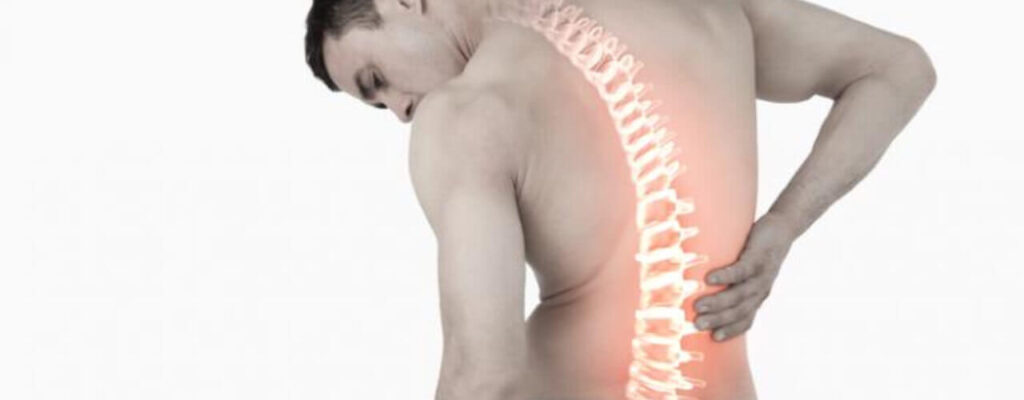
Muscle Strain
Muscle strain in the upper back can result from overuse, sudden exertion, or repetitive movements. Whether it’s from heavy lifting, intense sports, or even daily activities, this strain can cause pain, stiffness, and limit your range of motion.
Sedentary lifestyle
Sitting for prolonged periods, especially in positions that don’t support proper spinal alignment, can weaken the muscles supporting the upper back. Weakened muscles are more prone to fatigue and injury, contributing to persistent upper back pain.
Injury or Trauma
Accidents or trauma, such as whiplash from a car accident or a fall, can cause upper back pain. These injuries may affect the muscles, tendons, ligaments, or even the vertebrae in the thoracic spine. Without timely treatment, trauma-related pain can become chronic.
Herniated Disc
Herniated discs, though more common in the lower back, can also occur in the thoracic spine. When a disc presses on nearby nerves, it can cause sharp pain, numbness, or tingling in the upper back, sometimes radiating to other areas of the body.
Osteoarthritis
Osteoarthritis, a degenerative joint disease, can cause the cartilage in the spine to wear down, leading to pain, stiffness, and reduced range of motion in the upper back, particularly as we age.
Scoliosis or Spinal Deformities
Spinal deformities like scoliosis can place uneven pressure on the vertebrae and muscles in the upper back, leading to chronic pain. These conditions may develop during adolescence but often persist into adulthood, causing discomfort if not managed properly.
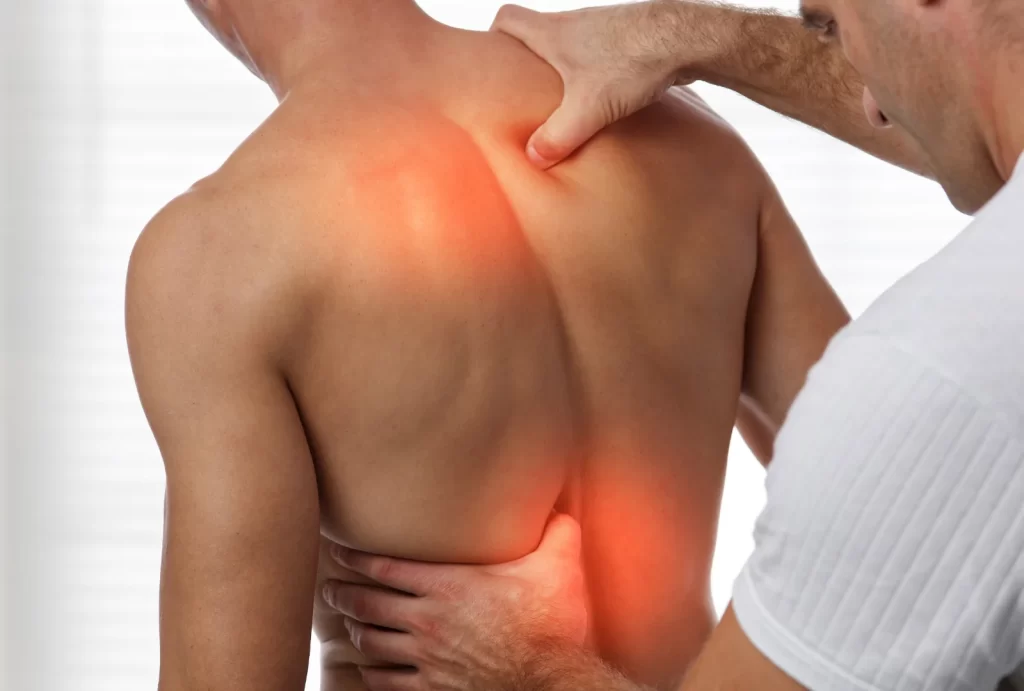
How to Treat Upper Back Pain
Improve Your Posture
Correcting poor posture is crucial in managing and preventing upper back pain. Focus on sitting and standing with your shoulders back, your chin tucked slightly, and your spine in a neutral position. Ergonomic adjustments at your workspace can also help reduce muscle strain.
Strengthening and Stretching Exercises
Strengthening the muscles that support your spine, such as the trapezius, rhomboids, and latissimus dorsi, can prevent future pain. Exercises like rows, shoulder blade squeezes, and reverse flies can build muscle strength. Stretching the chest, shoulders, and upper back helps improve flexibility and relieve tension.
Manual Therapy and Physiotherapy
At Mobilize Physio in Hong Kong, we offer specialized treatment for upper back pain. Our physiotherapists use manual therapy techniques, such as massage, joint mobilizations, and dry needling, to relieve pain and restore normal joint movement. We also design personalized exercise programs to address muscle imbalances and prevent future issues.
Heat and Cold Therapy
Applying heat to overworked muscles helps promote blood flow and relaxation. Cold therapy reduces inflammation and numbs sharp pain. Depending on the nature of your pain, alternating between heat and cold can be highly effective in relieving discomfort.
Mind Your Movements
Proper body mechanics are essential for preventing upper back pain. When lifting, use your legs instead of your back and avoid twisting motions. Being mindful of your daily movements helps reduce the risk of strain and injury.
Stay Active
Maintaining an active lifestyle with regular low-impact activities, such as walking, swimming, or yoga, can strengthen the muscles that support your spine. Staying active improves posture and helps prevent stiffness and future pain.
Consult a Physiotherapist
If your upper back pain persists or worsens, it’s essential to seek professional help. A physiotherapist at Mobilize Physiotherapy Center can assess your condition, identify the root cause of your pain, and develop a tailored treatment plan. This may include manual therapy, postural correction, and strengthening exercises to help you recover and prevent future flare-ups.
Conclusion
Upper back pain can be disruptive, but with the right approach, it’s manageable. Understanding the common causes of upper back pain and taking proactive steps to treat and prevent it early can help you return to your normal activities without discomfort. If you’re experiencing persistent or severe upper back pain, don’t hesitate to consult a physiotherapist at Mobilize Physiotherapy Center in Hong Kong for a personalized treatment plan that will support your recovery and long-term spine health.

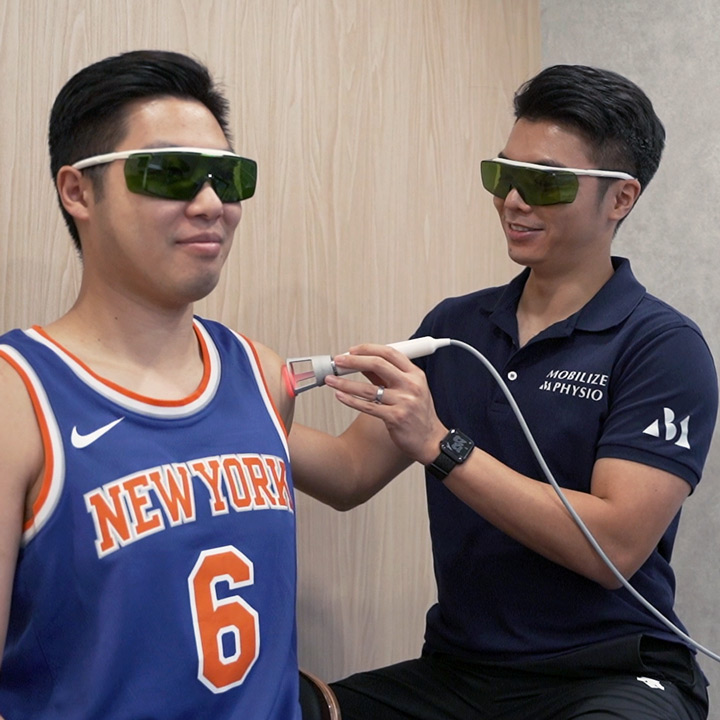
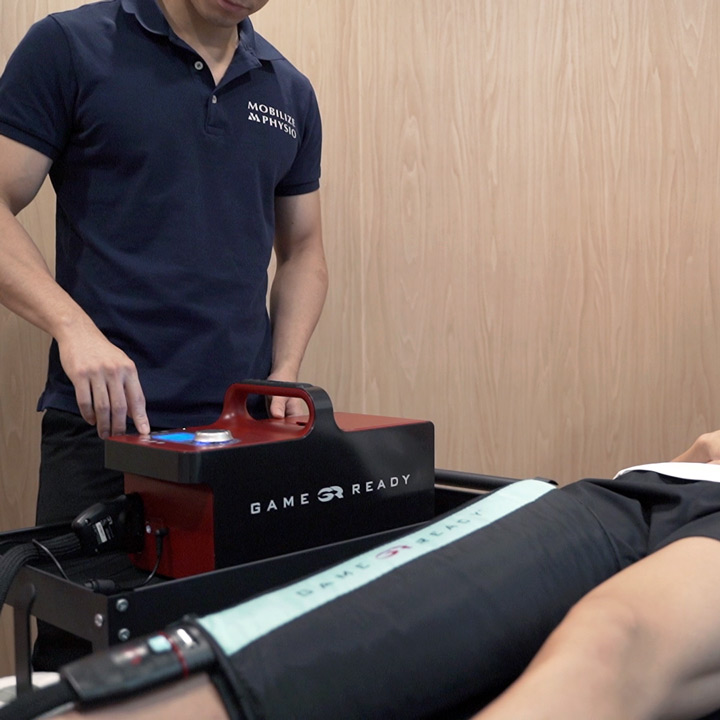
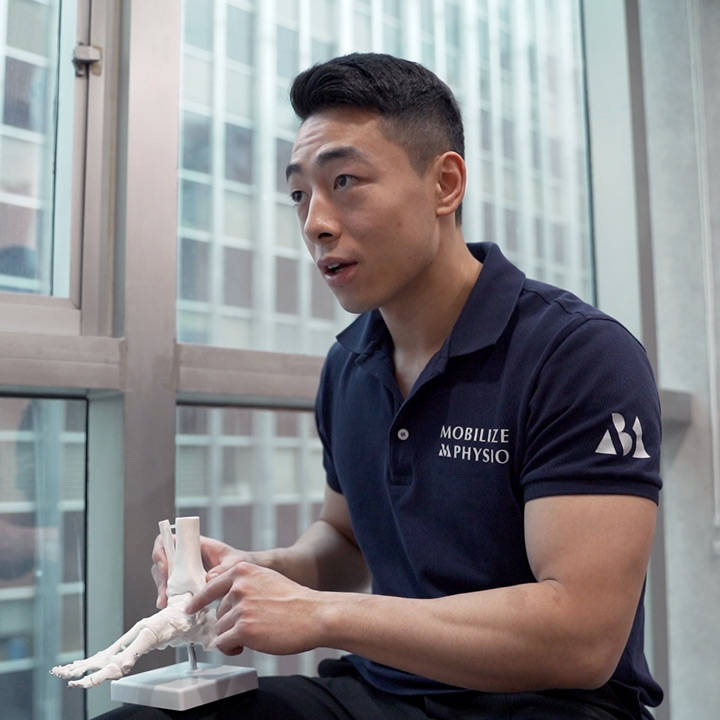
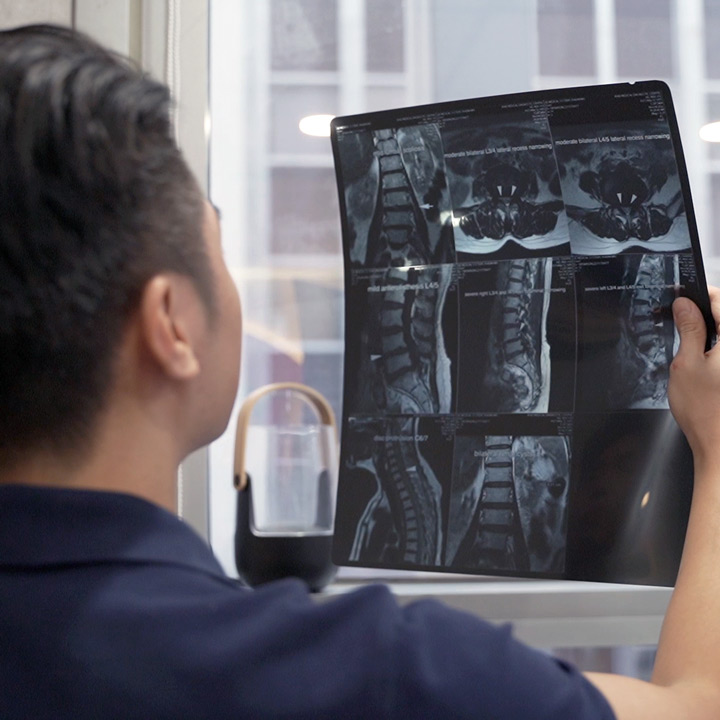
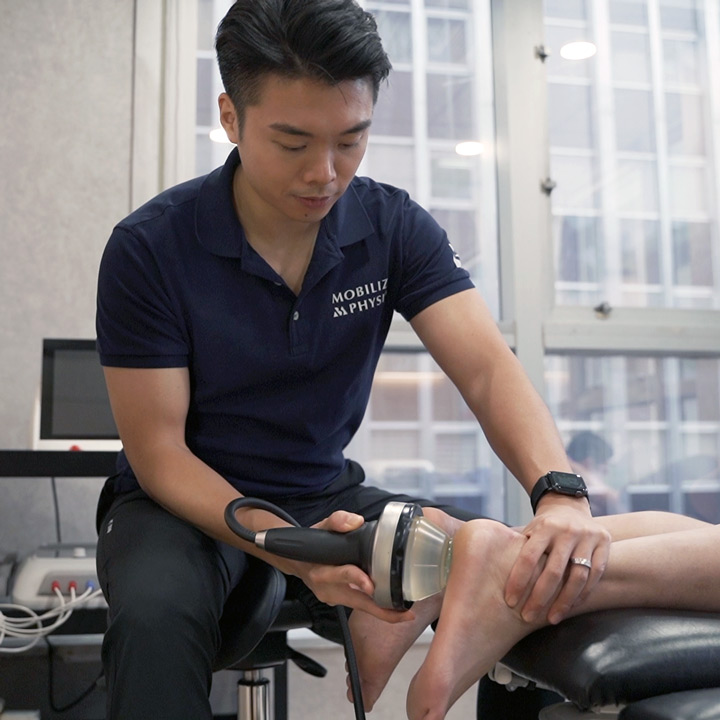
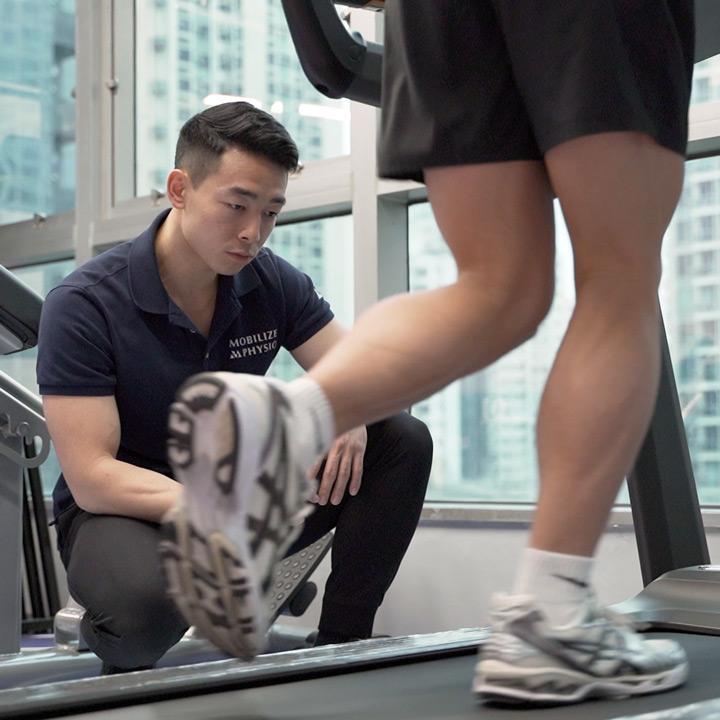
Physiotherapy Service
Mobilize Physio is a physiotherapy center located in Hong Kong. Our team of professional physiotherapists provides high-quality, evidence-based pain treatment. Our services include sports injury treatment, pain management, post-surgery rehabilitation, and posture and body alignment correction.
Every patient is unique, and we believe that every treatment plan should be customized accordingly. Therefore, we focus on one-on-one service to ensure that each patient receives personalized attention and specialized care. Contact us today to learn more about our physiotherapy services.
Latest Blog Posts

Why Pre and Post-Operative Physiotherapy is Essential for Recovery?

Tips to Reduce Hip Joint Pain and Stiffness

Pain in the Butt: Why It’s Probably Not Piriformis Syndrome

Standing All Day at Work? 7 Tips to Reduce Your Risk of Varicose Veins

Mobility Enhancement for Older Adults: The Key to Healthy Aging

Traditional Acupuncture vs. Dry Needling: What’s the Difference?

